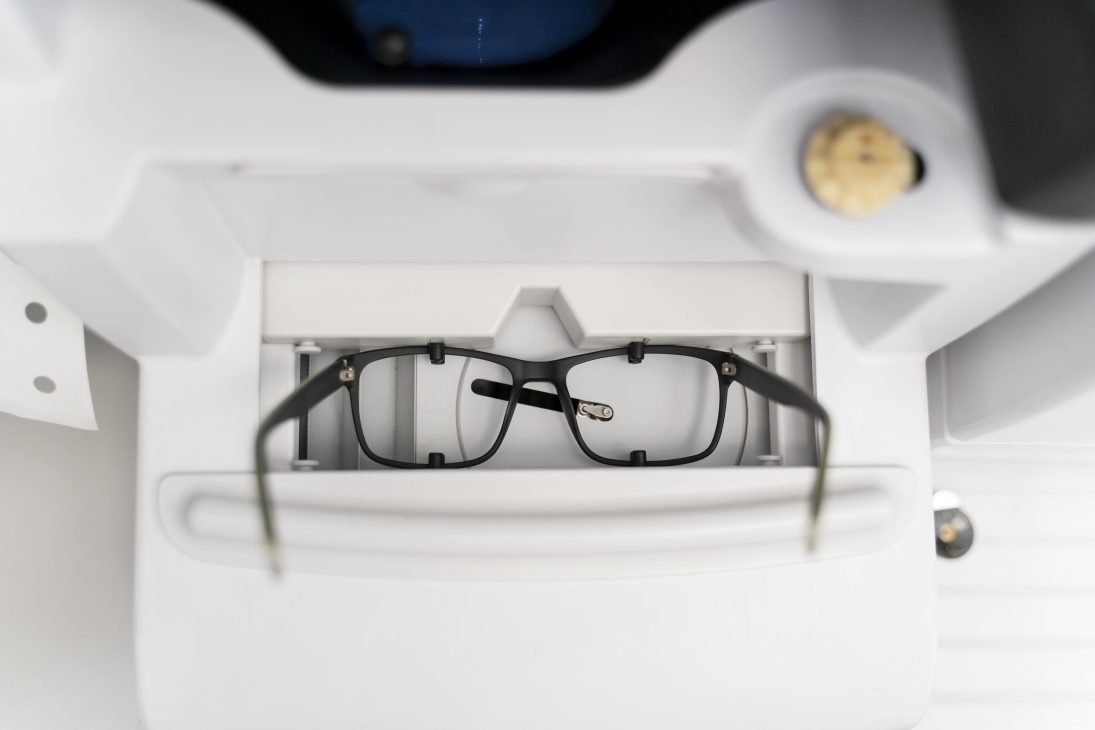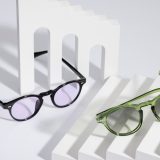
What You Need to Know About Eyeglass Lens Coatings
In 2023, eyeglasses are no longer a vision-correcting device. They have transcended into high-performance accessories that exude style, and protect against UV rays and harmful blue light, and more. Therefore, it is quite common to see spectacles and sunglasses with special lens coatings. Simply put, lens coatings are add-ons that enhance the function of spectacles and sunglasses and offer special features like anti-glare, scratch-resistant, blue-light safety, and more. In this blog, we will delve into the A to Z of lens coatings, and see their many variants and benefits.
What are Lens Coatings?
Lens coatings are layers that accentuate the function of spectacles and sunglasses. They are equipped with high-performing features, such as glare reduction, scratch prevention, blocking of blue light, UV protection, and more. Along with special add-ons, lens coatings can also be of different colours. For instance, nowadays, coloured tints are very popular, and used in an array of spectacles. Besides, coatings, coatings can also be affixed on sunglasses and non-prescription spectacles.
Types of Lens Coatings
- Anti-reflective Coating
As the name suggests, an anti-reflective coating is a special layer applied on spectacles and sunglasses that eliminates reflections from the front and back surfaces of eyeglass lenses. Likewise, these coatings also eradicate glare caused by light reflected from the lenses. With reflections and glare out of the picture, anti-reflective lens coatings ensure better vision for night driving and more comfortable vision for reading and computer use.
- Scratch-resistant Coating
These are special coatings applied on top of spectacles and sunglasses that make the lens surface less vulnerable to scratching. They are a great option for people who are forgetful and tend to drop their glasses on the floor or clumsily handle their spectacles. In addition, kids’ spectacles also benefit from scratch-resistant coatings for enhanced durability and resilience. However, it is essential to remember that scratch-resistance is not equal to scratch-proof. And, even the best scratch-resistant coatings cannot completely shield your spectacles against wear and tear. To keep your spectacles looking and feeling new, keep them inside the cushioned case and opt for a microfiber cloth to clean the lenses.
- Anti-blue Light Coating
The third and most common type of lens coating these days is anti-blue light coating. It is a special layer applied on spectacles and sunglasses to filter or block blue light from digital screens. Anti-blue light coating reduces the detrimental effects of artificial blue light emitted by screens of digital devices like laptops, tablets, etc. Thus, using eyewear with anti-blue light coating can reduce eye strain, improve sleep, mitigate headaches, and so forth. But, it is essential to remember that simply relying on anti-blue light coating to protect against digital eye strain is not enough. You must incorporate lifestyle changes, such as not using phones 30 to 60 minutes before sleeping, etc.
- Anti-fog Coating
Anti-fog coating is a great option for people living in very cold climates. It can be quite frustrating to have your eyeglasses fog up frequently. Besides, such an occurrence can also be a health and safety hazard, as your ability to see diminishes. Lens fogging can be dangerous to police officers and other emergency responders. The phenomenon of lens fogging happens when tiny water drops that form by condensation on the surface of eyeglass lenses are cooler than the surrounding temperature.
To keep lens fogging at bay, you can opt for anti-fog coatings. They reduce the condensation of moisture on lenses, thereby ensuring that both your vision and spectacles stay clear when you transition from a cold environment to a warm one. Anti-fog coatings are applicable on a range of lenses, such as plastic, polycarbonate, etc. These add-ons are great for sportspersons, as well.
- Anti-UV Coating
Last but not least, a rather helpful lens coating is anti-UV. It is a special layer that blocks harmful ultraviolet rays from reaching your eyes. Excessive exposure to UVA and UVB rays can have worrisome consequences, such as retinal damage, cataracts, macular degeneration, and more. Therefore, it is pivotal to opt for prescription spectacles with special anti-UV coating. Regular sunglasses are usually equipped with UV400 coatings that block 99.99 percent of the sun’s rays. However, such a feature must be available on prescription or non-prescription spectacles, as well.
Wrapping It Up
So, there we have it, a crisp overview of the top 5 lens coatings types and their many benefits. In today’s day and age, opting for simple prescription glasses is not enough. Your spectacles must be high-performing, with features designed to make your everyday life easier.


